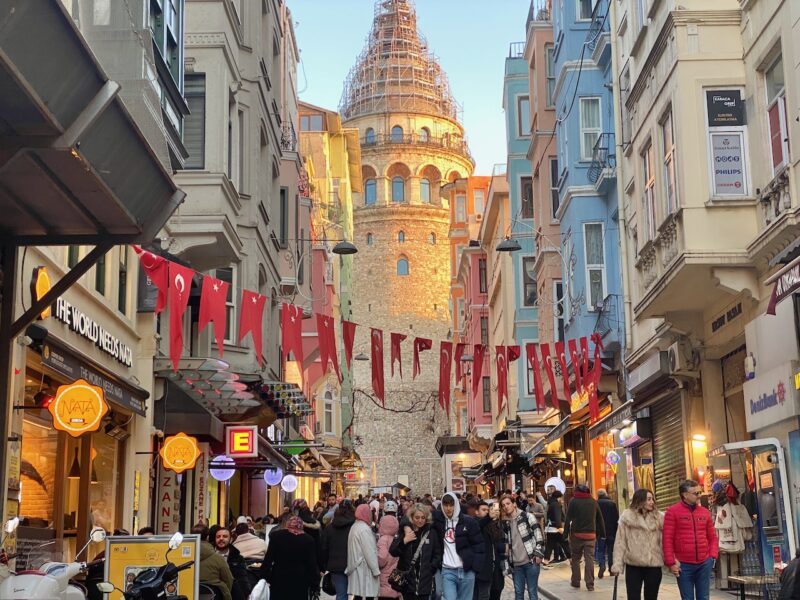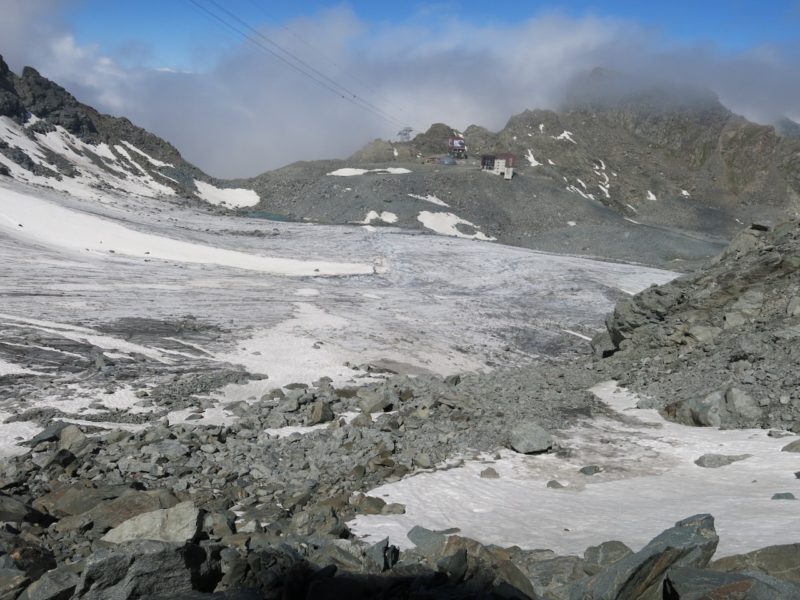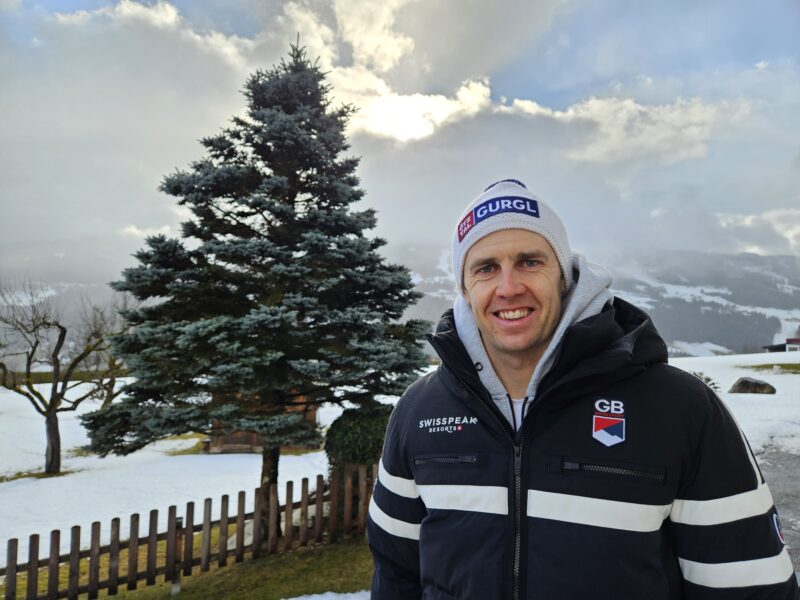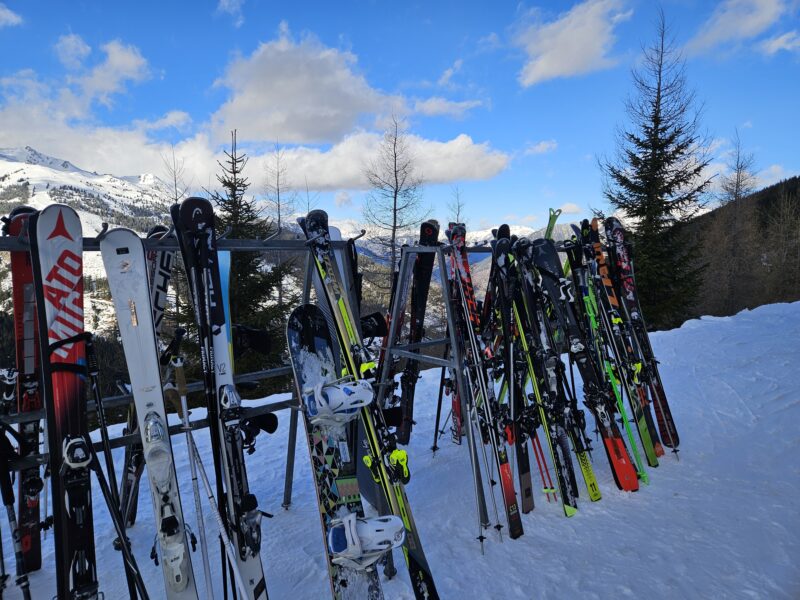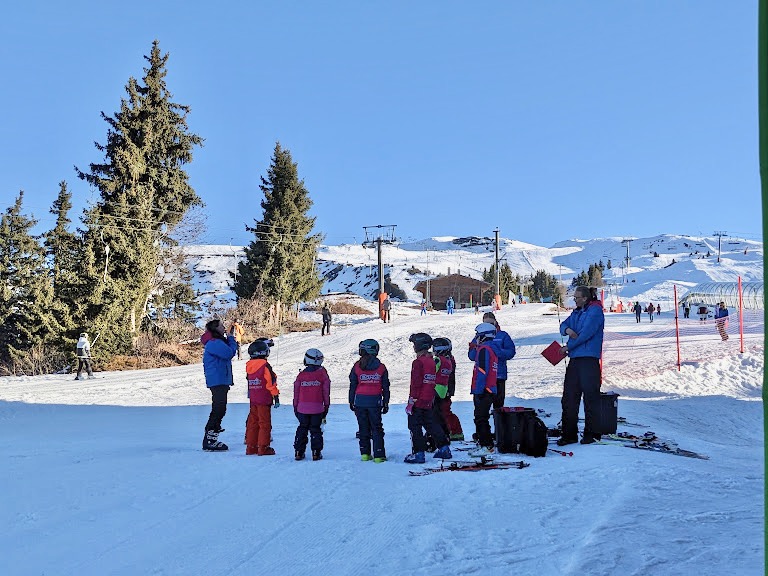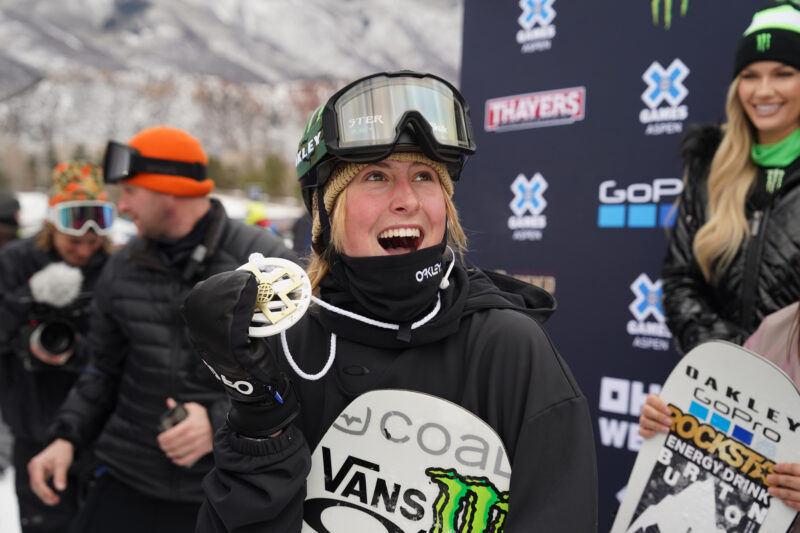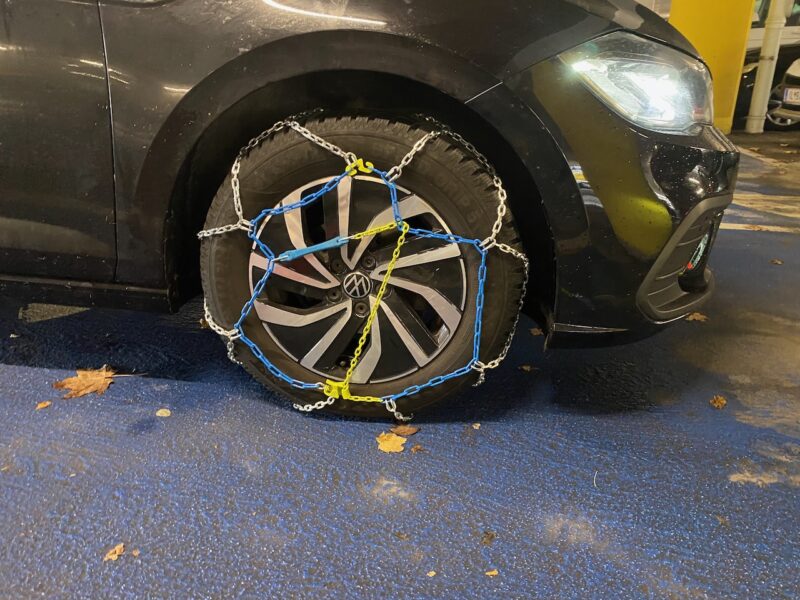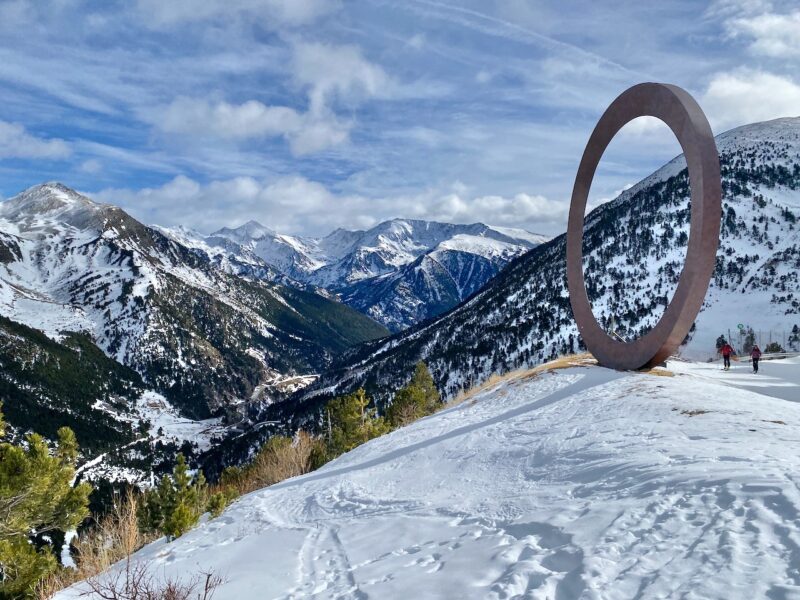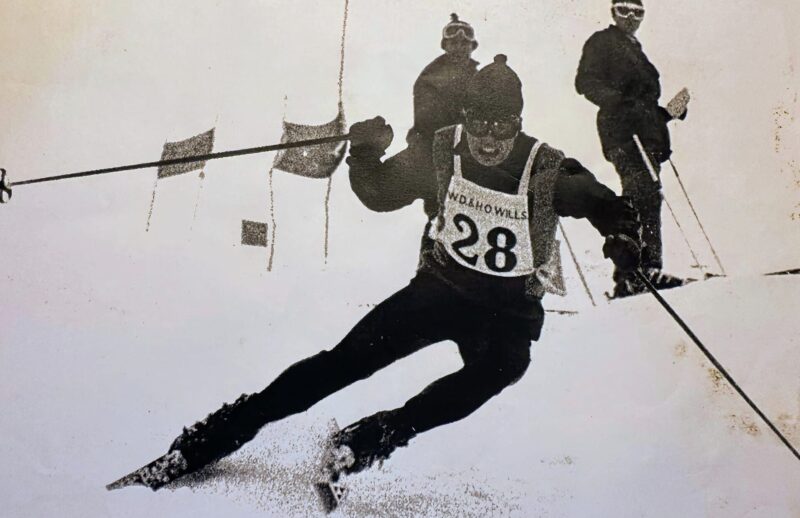MORE CALLS FOR US UPHILL SKIERS TO STOP RISKING THEMSELVES AND STRETCHING EMERGENCY SERVICES FIGHTING CORONAVIRUS
30th March 2020
Last modified on May 15th, 2021
Over the weekend there were more skiing and snowboarding accidents requiring emergency and rescue intervention. PlanetSKI reports.
UPDATED:
The body of a 28-year-old from Jackson Hole in Wyoming has been found.
He was caught in an avalanche on Wednesday.
His companions were unable to locate him using avalanche transceiver and 30 emergency services staff were deployed.
A search dog alerted rescuers and shortly after the man’s body was dug out, according to a Teton County Search and Rescue news release.
“TCSAR extends its sincere condolences to the victim’s family and friends,” said the statement.
“We are also grateful for the assistance from the different agencies involved in the effort, as well as the many offers for help from members of the community”
The Teton County Search and Rescue also performed avalanche control on the mountain to prevent further slide activity.
“During these challenging times, TCSAR continues to urge backcountry users to be extra cautious in their decision-making,” the organisation added.
“The rescue operations and the COVID-19 pandemic are straining our community’s rescue capabilities and our public health resources. The public is urged to be extremely cautious in the backcountry.”
UPDATED:
30 HUMAN TRIGGERED AVALANCHES IN UTAH IN 3 DAYS
That’s according to the Utah Avalanche Centre as it monitored things over the weekend.
Eleven of those observations involved people being carried or caught.
No major injuries were reported.
Due to the strain being placed on the healthcare system by the COVID-19 pandemic, the Utah Avalanche Center (UAC) is urging backcountry users to make more conservative decisions in the mountains.
11 avalanche incidents, seven occurred on Friday; 10 involved skiers or snowboarders.
8 took place in the Salt Lake region.
“People were swarming the range and there were many, many close calls,” said UAC forecaster Drew Hardesty.
“People caught and carried, airbags deployed, people swept over cliff bands. Somebody carried up into a tree as debris washed by.”
“We’re in a unique healthcare situation right now,” the Utah Avalanche Center posted on Instagram.
“Please make especially conservative decisions in the backcountry. Any backcountry emergency will take resources away from other critical needs.”
In Utah the Salt Lake County Sheriff’s Search and Rescue responded to a call from an injured snowboarder in the Big Cottonwood Canyon.
The man had injured his ribs and had a possible femur fracture in a fall.
Many members of the rescue services were deployed in the incident.
In Colorado last Tuesday a snowboarder in this 30s was seriously injured after triggering an avalanche in the backcountry.
It required almost 40 people to be pulled away from coronavirus response efforts.
“In light of COVID-19, when our local resources are stretched and incidents like this stretch them even more, people need to use their friggin’ heads,” said the San Miguel Sheriff, Bill Masters, in a statement.
The avalanche was 500m long and 50m wide, according to an incident report from the Colorado Avalanche Information Center.
The man hit a tree and suffered serious injuries.
“We do want people to enjoy themselves outdoors and in safe activities,” said the authorities in a statement to local media.
“But the backcountry, we know, is not forgiving. If people are going to go back there, they need to understand, if they have an emergency, they are stressing resources that are already spread thin with our attention on the public health threat.”
“Don’t make your day of fun come at the expense of the public health needs of others by taking away resources to rescue you during your emergency.”
We have a full and detailed report on the accident at the end of this article from the website Outside OnLine.
It is well worth a read and makes sobering reading.
There has been a rise in the number of avalanches in Colorado set off by skiers and snowboarders – 34 since March 20th.
“It’s leading people that are less experienced into the backcountry at a time when our emergency services are already highly taxed. It’s the perfect storm,” said Steve Wilson, from the Alpine Rescue Team,.
On Saturday, Alpine Rescue Team responded to reports of a slide on Mount Trelease, adjacent to the Loveland Ski Area on the north side of Interstate 70.
Also responding were the Clear Creek County Sheriff and Clear Creek Fire.
They came to the conclusion that, while the slide probably was human-triggered, no one was caught in it, but it took up valuable resources.
“We’re talking to shop owners in mountain towns around the state that are seeing their inventory of backcountry touring equipment get sold out,” said Ethan Green from the Colorado Avalanche Information Centre to local media.
“And that’s not, like, just one store, it’s a bunch of stores in a bunch of different locations.
“There definitely seems to be more people interested in backcountry recreation because of some of the limitations that are out there with the ski areas.”
Some argue that the backcountry may be clear and safe once people get there, but it is not safe at the gas stations, restrooms or parking areas potentially used by skiers.
UPDATE FROM MT WASHINGTON AVALANCHE CENTRE:
“Yesterday, more than 400 people came to Tuckerman Ravine with well over 50% of them arriving from out of state.
“Cars filled the parking lot at Pinkham Notch, lined the highway for several hundred yards with folks congregating in the lot, on the deck and driving together.
“In many cases, it was clear that the groups did not live together. Our medical advisor visited us to offer advice on our current state of affairs as lead agency for SAR in the Cutler River Drainage.
“Among other observations, he commented that odds were strong that asymptomatic carriers of COVID19 were among these visitors.”
– Mt. Washington Avalanche Center, 3/29/20
FACEBOOK REACTION
There has been some reaction to this article over on social media.
Feel free to add your view on the PlanetSKI Facebook page:
Katherine Harvey This needs government authority to stop people from risking others during the pandemic. Heavy fines for those who break the rules.
Mitch Dean Look at the CDC, WHO, and other science numbers based sites, we are 14 to 18 days from the peak we are almost there everyone got to work together to get through this!
Ray Keighley It’s like anything – there are always people who don’t know their own limitations — they’d be having accidents in the home anyway.
Ryan Breding That dude doesn’t even look fit enough to make it up the parking lot walking much less go uphill. This picture can’t be real. Must be a stock pic.
Steve Peache So I shouldn’t go for a walk I might twist my ankle??????
Nikki Henley The selfishness of some people is mind boggling!
Tom Bell Unbelievable selfishness!
Anita Smit Make them pay for the whole rescue operation
Gareth Rees How about they just get left to their own devices? They knew what they were doing so fuck em
Simon Elias putting others in danger so selfish, the I’m alright Jack brigade sod you
Helen Stevens Inconsiderate behaviour. Catherine Cosby All one can say is “What idiots!!”
Giorgio Marchesini In Italy minimum 400 max 4000€ fine
Jessica Nolan-bowers Not cool.
Neil Bradbury ??
Harris Hound Dicks!
FULL DETAILS OF LAST WEEK’S RESCUE
As promised that full article on the rescue last Tuesday that put a number of first responders in danger – both on the rescue, as they all came into close contact, and because they were deployed away from other duties.
We re-produce the first part of the article and then urge you to follow the link to the Outside Online web site for the remainder.
One Tuesday, March 24, Sonja and Bill Allen’s home radio crackles to life at 1:10 p.m. There is no cell service in Ophir, Colorado, an 1880s mining town 20 minutes south of Telluride encircled by 13,000-foot peaks.
But its 180 residents and virtually all the skiers who seek out the world-class backcountry above town know about the two-way radio frequency that fills the void.
Many locals keep their radios tuned to the “Ophir channel” when they’re at home, if only to monitor the chatter among fellow powder seekers.
The Allens listen as someone skiing in East Waterfall Canyon reports an avalanche with a critically injured victim.
The situation sounds dire: potentially two broken femurs and a fractured pelvis.
Sonja, a longtime guide and avalanche forecaster for Telluride Helitrax, alerts Dan Hehir two houses away.
Hehir, 49, is the chief of medical staff at the Telluride Regional Medical Center and an emergency physician.
He has just finished eating lunch with his wife, a teacher, and children, who are out of school due to the coronavirus pandemic.
It has been a stressful three weeks for Hehir, treating sick patients in full protective gear and worrying about the virus spreading.
His hospital has already recorded one positive case of COVID-19; other tests are waiting to be returned.
But today is his day off—a family day.
He skied this morning above town, as did Bill Allen, an Everest guide and the owner of the international outfitter Mountain Trip.
Heeding the call for help, both men gear up again and prepare to respond.
Hehir assembles a first-aid kit based on the preliminary details relayed to him by Sonja, while Allen straps a foldable sled to his back.
Along with Dylan Sloan, another Ophir resident and standout backcountry skier, they begin the 45-minute climb to the accident site.
Around the same time, Todd Rector, a search-and-rescue specialist with the San Miguel County Sheriff’s Office, receives a call from his dispatch center alerting him of the accident.
He gets in touch with the reporting party and asks if the victim can get out on their own.
No chance, he is told.
Rector promptly sends out a call to nearly 60 volunteer SAR members, requesting a full response.
They are to stage in Ophir and proceed into the field from there.
The accident is exactly what everyone has feared since the coronavirus pandemic began.
Local, state, and provincial governments across North America have warned backcountry recreationists to rein in their risk and not burden the already stressed healthcare system or put first responders in danger of infection by requiring a rescue.
It is no secret that thousands in Colorado have been flaunting those warnings, including plenty of skiers and snowboarders in the San Juan Range.
But no one has exposed the fragile system, until now.
High above the canyon floor, a local man in his thirties has come to rest halfway down a run called Sugar Shack, a steep, northwest-facing chute through sparse trees where avalanches have buried people before and which requires about a 90-minute climb from Ophir.
He and a friend were taking their second run of the day in perfect spring powder when a slab about two feet deep and 150 feet wide broke off at 11,500 feet, carrying him like a twig in whitewater.
He struck multiple trees, suffering severe physical trauma.
The force ripped his bindings out of his snowboard, leaving them strapped to his feet as pain coursed through him like an electric current.
Luckily he is not buried, so his partner, 45-year-old Ophir resident Nathan Schroepfer, who’d watched the slide start less than a foot below his snowboard, descends and finds him relatively quickly.
Two other groups in the immediate vicinity—a trio that witnessed the slide and a pair that had just finished skiing a similar run—start to respond. They include a local mountain guide as well as an EMT.
The guide checks for hang fire next to the gaping avalanche crown, while another skier posts up at the top of the run to make sure no one else descends on top of the responding party.
The other four team up with Schroepfer to begin the complicated rescue.
One of those four, a local who spoke on condition of anonymity and who we’ll call Jamie, briefly thinks about COVID-19, which, by the 24th of March has killed some 20,000 people worldwide and caused everyone to stay two yards apart during their recent adventures.
San Miguel County, home to five small towns including Telluride and Ophir, had made national headlines just days earlier for committing to test every one of its 8,000 residents in an attempt to isolate the virus and prevent it from spreading through their remote community….
See the resort of the article here on Outside Online.

